Ask your veterinarian. People who have taken out pet insurance for their furry companions generally experience much less stress during veterinary visits. Pet insurance holders tend to:
- Seek veterinary care more promptly, allowing for faster intervention and reducing the risk of the health issue worsening.
- Agree to diagnostic tests, enabling quicker identification of the animal’s health problem.
- Accept treatments more readily.
- Consent to surgeries, which can save the pet’s life and/or significantly improve its quality of life.
- Access alternative therapies more easily, such as physiotherapy, acupuncture, osteopathy, and more.
- Invest in preventive care more often, including dental cleanings under general anesthesia, vaccinations, and other preventative measures.
The best time to get pet insurance is after your first veterinary visit when your pet is still a baby. However, it’s never too late to purchase pet insurance! Talk to your veterinarian to learn more.
Pro Tips
Compare:
Explore and compare the different pet insurance options available on the market.
Get Multiple Estimates:
Request an estimate for your pet at three stages of their life:
- At 1 year old
- At 5 years old
- At 10 years old
This will show you how insurance premiums change as your pet ages and what you might risk paying more for in the future.
Other Services :
Look into the additional services included in the various plans, such as alternative medicine (like acupuncture and osteopathy), euthanasia, cremation, burial options, dental cleanings, preventive annual exams, vaccinations, and more.
Examples of Costs:
Emergency abdominal surgery: $3,000–$6,500
Orthopedic surgery: $5,000
Emergency visit: $250
Specialized ultrasound: $550–$900
Animal X-rays: $250
Treatment for heart disease: $300/month


